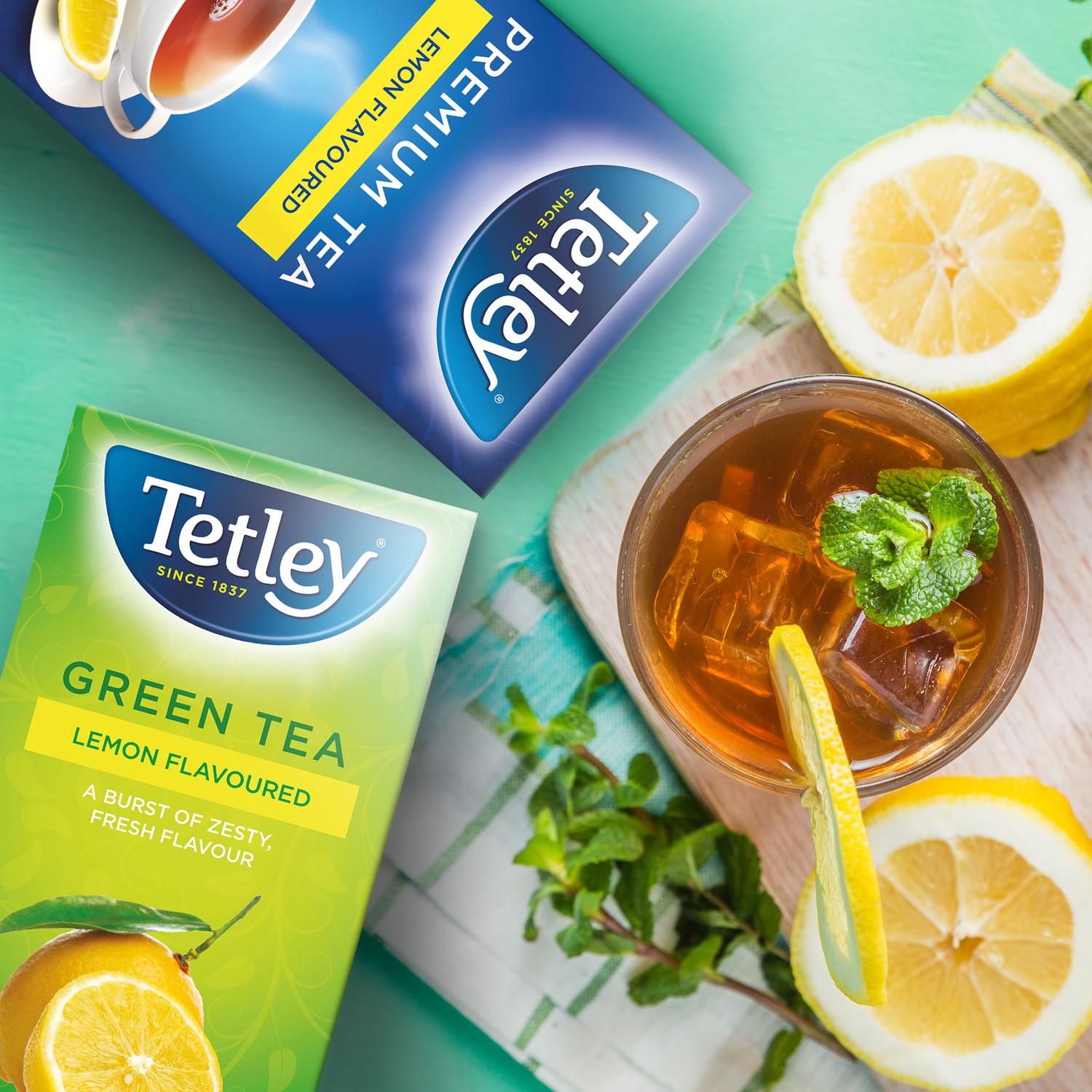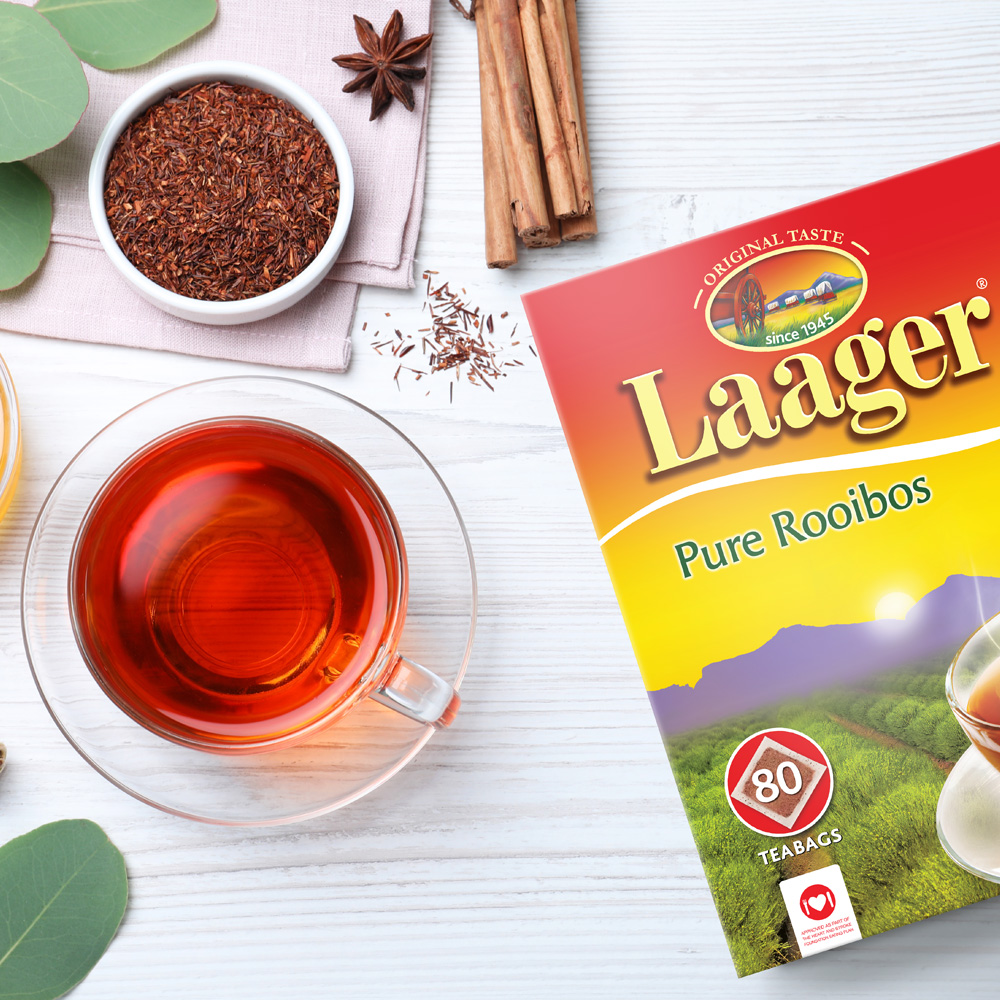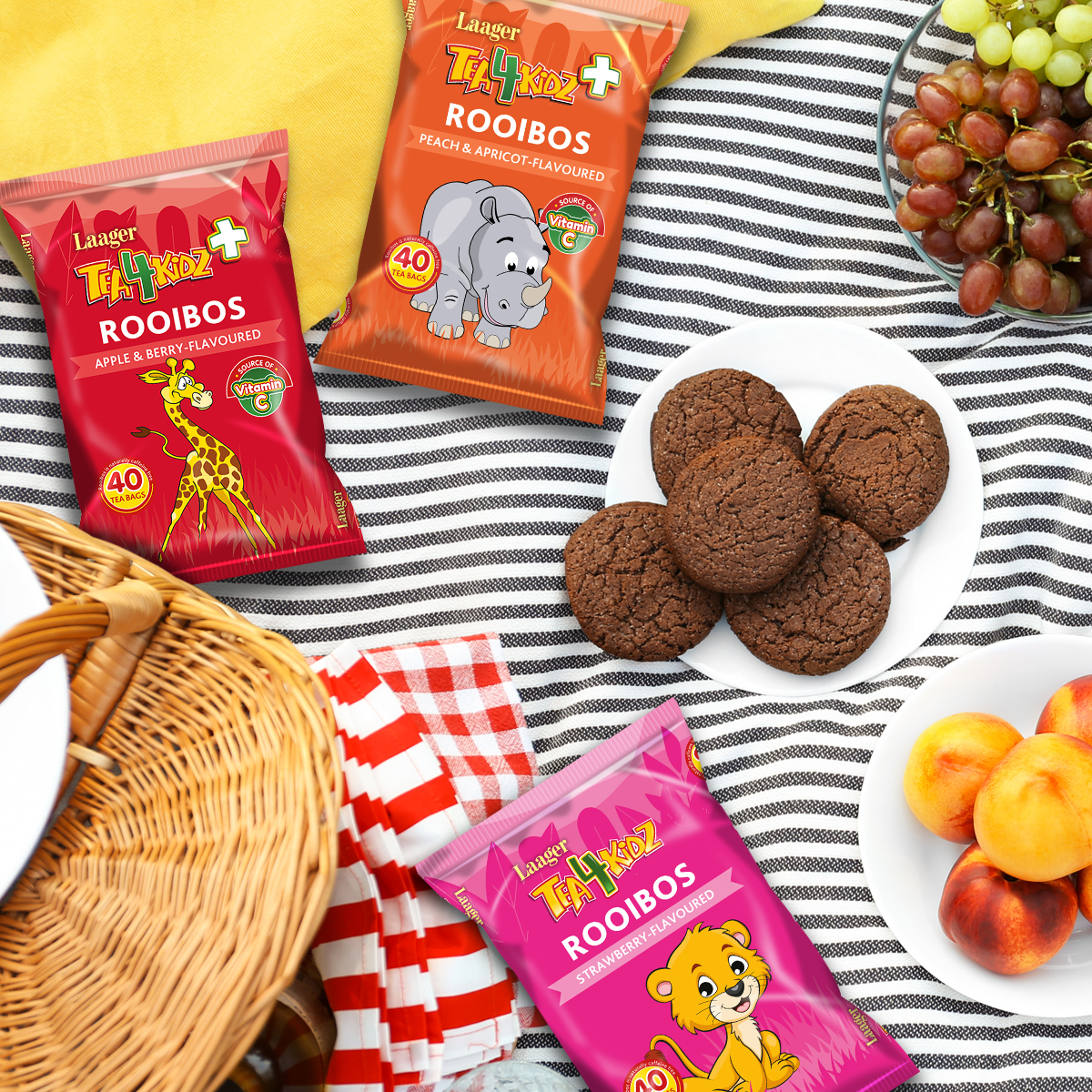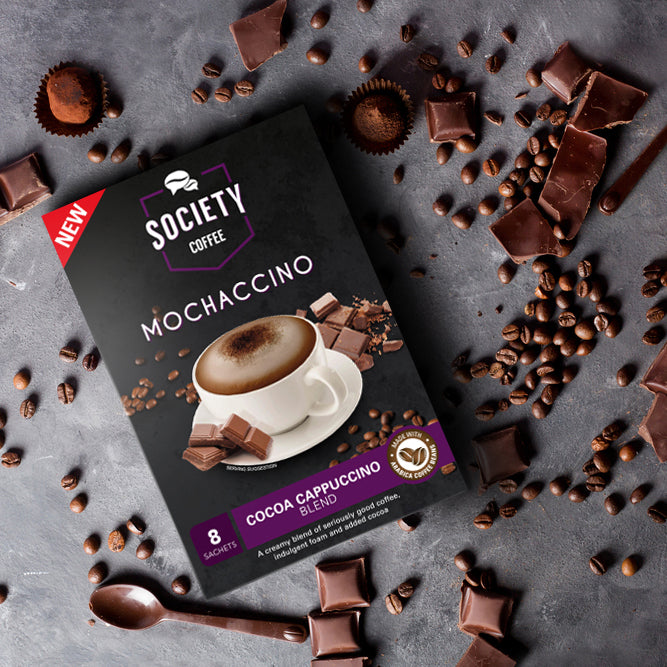With South Africa engulfed by destruction of private and public property in parts of the KwaZulu-Natal and Gauteng provinces the last seven days due to socio-economic unrest, many shops have closed while others are still trying to secure stock. With the country also in the third wave of Covid-19 infections, long queues and busy shops can be quite daunting for many. To assist in this regard, Laager Rooibos has called on partners - specialist dietitian, Mbali Mapholi and chefs, Lebo and Tebo Ndala – to assist with tips on making food last.
“During these unprecedented times, we must go back to basics,” said Mapholi. “My biggest advice is to not panic buy so that everyone is still able to get basic food items. A lot of people fear using canned food items, legumes, frozen and bottled food items, but these are key sources of nutrition particularly when fresh food is scarce! Below are some practical tips and recipes that will make these items go further.”
- Meat dishes
You can add canned legumes to meat dishes to bulk them up, while also adding wholegrains and dietary fibre to your diet. Most people are eating more meat than we need anyway, so this is an opportunity to get used to smaller or fewer meat portions. Not only does expanding these dishes this way help with food saving, but it also helps us eat more wholegrains and add more dietary fibre in our diet.
Some examples from Mbali include:
- Adding lentils or canned beans to ground beef or mincemeat (bolognaise sauce) - one can of lentils for every 500g ground beef.
- Adding canned beans or chickpeas to chicken curry. If everyone in the household usually ate two pieces of chicken then decrease to one piece of chicken mixed with chickpeas and beans.
- Expand canned pilchards with canned baked beans. For a family of six, cook one can of pilchards and add one can of baked beans.
*Meat tips from Lebo and Tebo
- Portion the meat before you freeze it so you only use the portion you want.
- Avoid de-frosting and freezing again.
- Be careful of portion control, avoid cooking more than you need.
- Frozen vegetables
- Frozen vegetables can be more nutritious than fresh vegetables because they are frozen straight from harvest, which saves a lot of nutrients normally lost in the food supply chain of fresh vegetables.
- Add frozen vegetables to expand all the food meat dishes mentioned above.
- Frozen vegetables can be added to casseroles and stews to stretch these while adding nutrients.
- According to nutritional guidelines, it is recommended that ½ our plate at main meals is vegetables. You can use frozen vegetables as a side dish.
- It is important to steam, sauté or cook them in little water to preserve the nutrients.
- Tubers
Potatoes, sweet potatoes and taro (amadumbe) are some popular nutritious tubers in South Africa, and these can expand meat or vegetable casseroles or stews, or be eaten as a staple in main mails. Butternut is also a starchy vegetable that can be mixed in with potatoes or sweet potatoes to expand mashed potatoes for example.
Recipe: Minestrone soup
This is a hearty, easy minestrone soup recipe which you can make ahead of time and freeze. It can freeze well for three months if stored in an airtight container. This makes six bowls of soup.
Ingredients:
4 tbsp cooking oil
1 medium onion, chopped
2 medium carrots, peeled and chopped
¼ cup tomato paste or 1 cup tomato, cut-up
2 cups chopped vegetables fresh or frozen (potatoes, yellow squash, zucchini, butternut squash, green beans, or peas all work)
1 tbsp dried Italian or mixed herbs (optional)
1 large can (28 ounces) diced tomatoes, with their liquid (or 2 small 15-ounce cans)
3 cups stock (dissolve 2 stock cubes in boiling water to make stock, TIP: add 3 Laager Rooibos teabags to enhance the flavour. Allow to brew and then remove teabags)
2 cups water
Seasoning
1 cup pasta or rice, uncooked
1 can red kidney beans or cannellini beans rinsed and drained, or 1 ½ cups cooked dry beans.
2 cups spinach or any green leafy vegetables that might be wilting
Method:
- Warm 3 tablespoons of the cooking oil in a pot over medium heat. Once the oil is simmering, add the chopped onion, carrot, tomato paste and a pinch of salt. Cook, stirring often, until the vegetables have softened, and the onions are turning translucent, about 7 to 10 minutes.
- Add the seasonal vegetables, dried herbs. Cook until fragrant while stirring frequently, about 2 minutes.
- Pour in the diced tomatoes and their juices, stock, and water. Add your seasoning of choice.
- Raise heat to medium-high and bring the mixture to a boil, then partially cover the pot with the lid, leaving about a 1-inch gap for steam to escape. Reduce heat as necessary to maintain a gentle simmer.
- Cook for 15 minutes, then remove the lid and add the pasta, beans, and greens. Continue simmering, uncovered, for 20 minutes, or until the pasta is cooked al dente and the greens are tender.
- Remove the pot from the heat, then taste and season with more salt if needed.
- Beverages
Most households normally have a box of tea in the cupboard. Tea is usually served hot but those who dislike hot beverages can make delicious homemade ice-teas. To make homemade iced teas you can use any tea you have in the home, whether it is Laager Rooibos tea or Tetley Green Tea or Tetley Black Tea, and add any fresh or frozen fruit that you have available. One example is to simply brew Laager Rooibos tea, cool and add ice cubes and any fruit that might spoil such as apple and strawberries. Then add sugar or honey to taste. This is a refreshing and healthy beverage.
- Bread
Bread is a daily staple in most households, served at breakfast or lunch with non-perishable healthy protein sources such as peanut butter, canned fish with mayonnaise or jam. If you have some bread bought in bulk you can freeze it so it lasts longer. You can also use stale bread to make French toast – simply dredge slices of bread in eggs mixed with a bit of milk and fry in a bit of oil.
Recipe: With Love from Twins bread dough recipe
You can make as much bread dough as you please and leave it in the fridge. With bread dough you can make bread, steamed dumpling, fatcakes (amagwinya), or roll it out thinly to make a pizza base.
Ingredients:
4-6 cups flour
1 packet yeast
2 tbsp sugar
1 tsp salt
1 cup lukewarm water
2 cups lukewarm milk
2 tbsp olive oil
*add more liquid if needed
Method:
- In a large bowl, mix all the dry ingredients together.
- In a jug, mix all the wet ingredients together.
- Slowly mix in the wet ingredients into the dry ingredients. It must form a soft dough.
- Add more or less liquid if needed.
- Knead the dough for 10 minutes.
- Place the dough in a slightly oiled glass bowl. Cover with cling wrap. Leave to rise for about an hour.
- Once risen, knock it down and shape into a desired bread shape.
- Leave to ride again for 10 to 15 minutes.
- Bake for 30 minutes at 180°C.
Culinary tips and hacks
Rice:
- To make fried rice, you need a ¼ cup oil, 1 onion, spices and mixed vegetables. Heat oil in a saucepan, fry the spices, the onion and slowly add the cold rice. Once everything is coated, add the mixed vegetables. Cover for five minutes and you’re ready to serve.
Vegetables:
- If you and your neighbours have vegetable gardens, this is a good time to share vegetables.
- Freeze any fresh vegetables that may be spoiled quickly. Most vegetables can be frozen, even tomatoes.
- Most vegetables benefit from blanching for 2-3 minutes before freezing:https://www.washingtonpost.com/news/voraciously/wp/2020/03/22/how-to-freeze-fresh-vegetables-while-preserving-their-best-qualities
Substitutions:
- Swap cereals that demand milk or yoghurt for maize-meal porridge or sorghum meal porridge. Add peanut butter, powdered full cream milks or margarine for extra nutrients.
Baby formula (babies below six months):
- If you cannot find the formula brand the baby normally uses, get any brand as long as the baby does not have a medical condition that demands special formula.
- All baby formula will meet the nutritional needs, whether it is soy milk, lactose free milk, acidified or other.
- Do not over dilute baby formula as this can cause diarrhoea or even dehydration.
- There are homemade formula recipes provided by the world health organisation (WHO) with guidelines online, but they should only be used when all resources have been exhausted since they would not meet all the baby’s nutritional needs.
- Sharing baby formula with friends, community and family is permissible.
- However, sharing breastmilk is not advisable unless that breastmilk can be pasteurized correctly before feeding the receiver baby. Guidelines on breastmilk pasteurization are available on the WHO website.
“This has been an incredibly difficult, stressful and emotional time for so many South Africans,” said Candice Sessions, Laager Marketing Manager. “The sudden challenge of food insecurity is not one most anticipated, but is now a reality. Laager extends its deepest sympathies to all those who’ve been impacted by these tragic events, and hope that these food tips and advice go some way in assisting those who are struggling with inaccessibility to food.”
For more recipe ideas, follow @withlovefromthetwins, and for dietary information, follow @Urbandietitian. Joekels shares innovative and healthy recipe ideas on Facebook and Instagram @LaagerRooibosTea, or visit www.joekels.co.za.
/ENDS
Please note the image credit is included beneath the corresponding image. All images are complimentary for media use, provided the correct photographer credit is included and the images are published in conjunction with the content supplied.
Link to download high resolution images: https://we.tl/t-O35MTmqX89


Laager Rooibos ambassadors, Lebo and Tebo
(Images: Supplied by Joekels)

About Joekels
Joekels pack, blend and distribute some of South Africa’s most popular household tea brands including Tetley, Laager, Tea Time, Tea4Kidz, and Society Coffee. Started in 1994 by businessman, Joe Swart and Master Tea Blender, Jonathan Kelsey, Joekels is an award-winning brand with both Halaal and Kosher accreditation, as well as the highest global food safety and quality certification, FSSC 22000. The Laager Rooibos brand was founded in 1945 and is accredited by the Heart & Stroke foundation of South Africa. Visit www.joekels.co.za.





